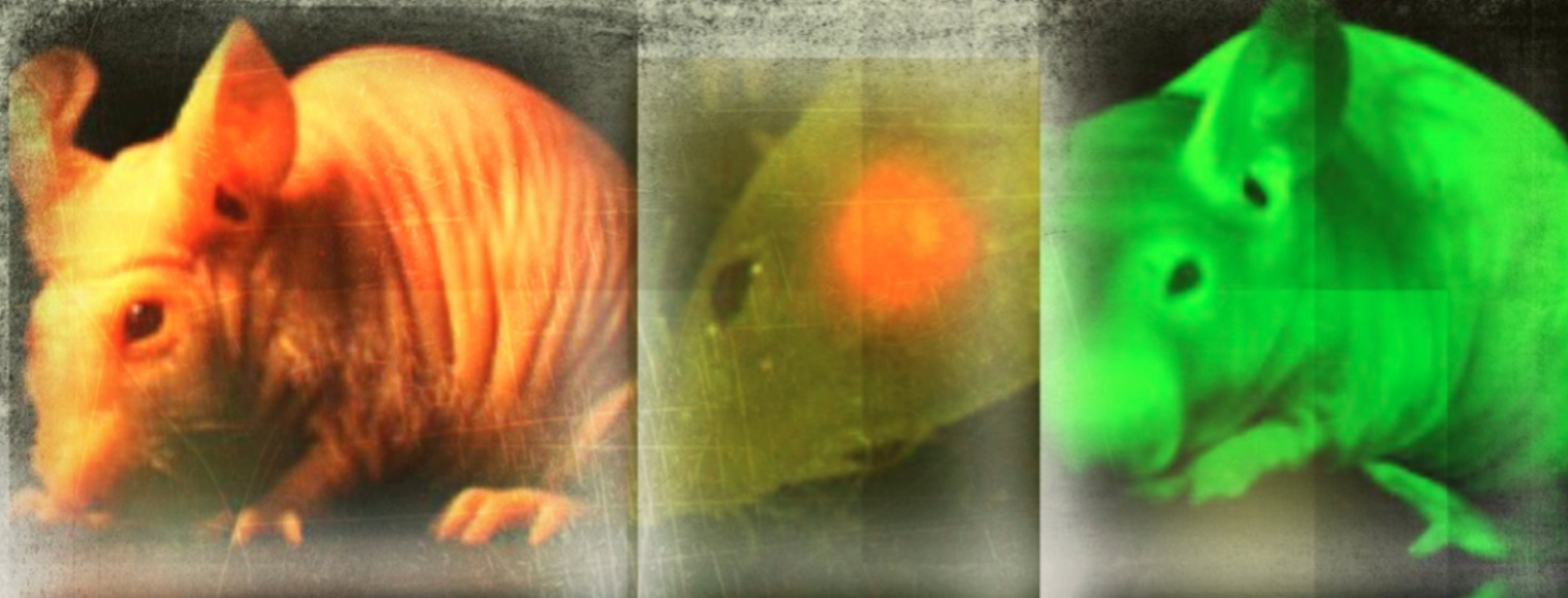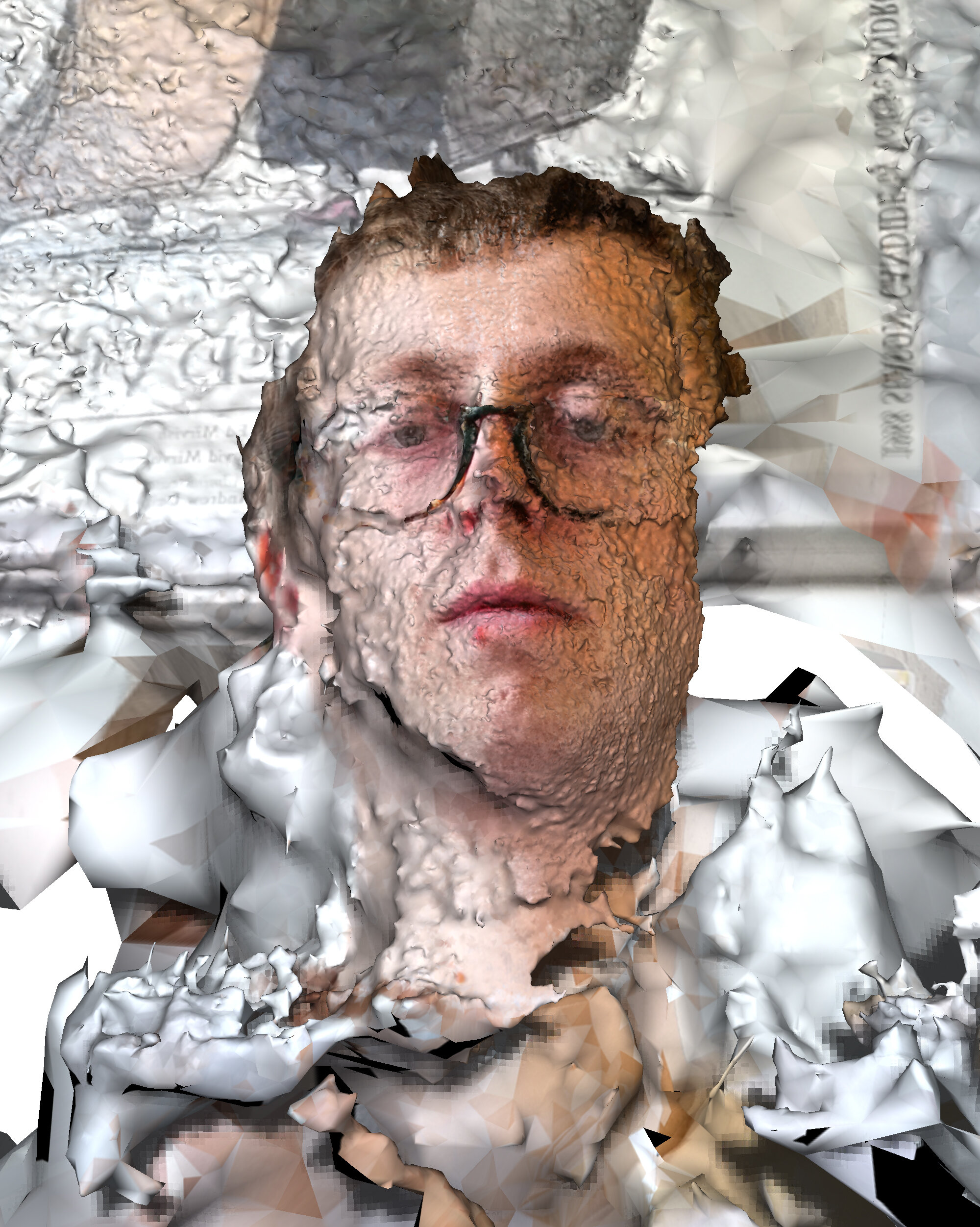RAKE COMMUNITY 2020
The initial programme brought together eight participants in four pairs across varied fields of expertise to share skills and ideas. Not limited by locations or rigid field divides, practitioners were interested in expanding their work through new analytical processes of research and cross-disciplinary visual expression. The selected practitioners produced collaborative investigations over the course of eight weeks, facilitated by RAKE members. These were exhibited at an online exhibition, Where There Were Once Walls, throughout August 2020 alongside the second iteration of RAKE’s We May Meet One Day. The exhibition consisted of a virtual gallery show alongside corresponding web pages displaying the works, including additional interactive elements and essays, in more detail.
Gülce is interested in visual culture both as a nurturer of political circumstances and as a remedy. She is interested in the digitalisation of an image/footage especially in circulation on the internet, and how it narrates the future of the audience’s understanding of the past. Due to Gülce’s country’s political circumstances, she has been raised with a sense of activism which further led her to discover more about women and their place in society. The chaotic circumstances of the Middle East cultivated, curated this interest of hers, if it is an interest but not a survival way of navigating what happens in the world as a sensitive human being. Her practice includes paintings, photography, and film.
Instagram: @gulcetulcali
Fraser is a Pōneke/Wellington based visual artist who graduated from the University of Arts London in 2019 with a Distinction for his Masters in Photojournalism and Documentary Photography. His research-based practice incorporates investigative journalism, data-visualisation, video, working with historical archival images and still photography. He works on projects examining the power of the state in the context of social reform. Participatory photography projects in the community are also a core component of his practice.
Instagram: @frasercrichton // Twitter: @fraser_crichton // Website: www.frasercrichton.com
GÜLCE TULÇALI & FRASER CRICHTON
THE CURFEW BELL
The Curfew Bell is a visual investigation by Fraser and Gülce into the use of emergency order curfews in the United States imposed following protests against the police killing of George Floyd. The curfews tracked lasted through May 26 to June 8 2020. Over a hundred cities imposed curfews that suppressed both the reporting of the protests and the protests themselves. This period saw unprecedented police violence against both media and protestors.
Agustina is an Argentine visual and sound artist. Having graduated as an Audiovisual Communicator, she obtained specialisation in Interaction Design with a Master’s in Advanced Interaction. Based in Barcelona, she is an artist in residence at “Piramidon Centre de Art Contemporani”. She also works as a cultural manager in festivals and art galleries. As a New Media artist she exhibits in different parts of the city, Europe and Latin America. She is the co-founder of 220 Contemporary Culture and Apolo Radio.
Instagram: @agustinable // Website: www.agustinapalazzo.com
Irma is a researcher trained in biomedical sciences. She grew up in Mexico City in the 70s, being always very good at school except for sports. She graduated from UNAM after 5 years of training on subjects like microbial evolution, endosymbiosis, immunology and molecular pathology; she learned to do experiments with human cells and rodents. Her thesis was on the subject of liver regeneration, a phenomenon that is the basis of the Prometheus myth and also very real and medically relevant. She then went to the Mayo Clinic in the United States to study the immune response to an evolutionarily ancient pathogen transmitted by a tick. After five very cold Minnesota winters she returned to Mexico with a PhD and two children. She has been doing research since then: first academic, then "wet-lab" medical, then clinical/pharmaceutical. She is passionate about humans being able to understand pieces of the universe and use that knowledge for truth, justice and a little more happiness for everybody.
Twitter: @dyctiostelium // Website: www.anwalai.wordpress.com
AGUSTINA PALAZZO & IRMA AGUILAR-DElFÍN
MIND THE GAP
Mind The Gap by Agustina & Irma focuses on the phenomenon of biohacking and DIY biology; expressing and exploring two distinct strands presented side by side, through both textual and visual media. Through two different political stances and individual approaches, the theory of biohacking is dissected and laid bare. Between contrasting perspectives, reflecting each practitioner’s field of expertise, Mind The Gap challenges the viewer to assess the intellectual conflict between the subversive approach of biohacking and the capabilities of mainstream science.
Julian is a conceptually driven Sound Artist working with Binaural Audio, Data and Installation. His work explores relationships between Listening and Environment with a focus on Urban and Social Space. He employs an interdisciplinary framework combining Sensory, Data and Urban practice to interrogate how Listening-Processes mediate our understanding of the world and inform, modulate or corrupt maps of meaning within urban and social contexts.
Instagram: @julianbrown // Website: www.julianbrown.co.uk
Paula was born in Swindon in 1985 and currently lives and works in London. She studied at University of Wales, Institute Cardiff from 2005-2008 and at Slade School of Fine Art from 2017-2019. Paula’s work is conceptually led and uses a variety of media. Her research focuses on how humans try to exert perceived control over their existence and how an individual might navigate various systems during this quest. She loves data and things that can be measured and recorded.
Instagram: @paulamorison // Website: www.paulamorison.com
JULIAN BROWN & PAULA MORISON
THE GREAT TEA DIVIDE
The Great Tea Divide investigates the misuse of statistics, in particular false causality and data manipulation. Inspired by the prevalence of disinformation in our society, the artists created a fictional archive, compiled as if from a point around 10-15 years into the future. The archive contains propaganda material and documentary ‘evidence’ describing the build up to an unspoken ‘event’ and an irrevocable split in British society. This split was caused by two campaigns, one staunchly for, and one decidedly against the drinking of tea.
Aayushi uses a multi- and transdisciplinary approach to self-portraiture and photography to investigate, confront, and challenge the bureaucracy associated with travel, immigration, and identity protocol. Her practice stems from her own experiences of these procedures and aims to connect, collect, and curate stories of similar experiences through her work. She is interested in exploring immigration activism through art; radical museology, decolonisation of museological practices, institutional critique; data rights, digital activism, and digital citizenship.
Unfortunately Aayushi had to discontinue her participation in the programme due to personal circumstances.
Nathaniel was born and grew up in Bristol. At 19 he moved to Amsterdam, where he lived for four years. Due to a mental health crisis he moved back home in 2015 and spent a year recovering before deciding to pursue photojournalism, which had been a longstanding ambition. He spent a year working and photographing stories, such as the World Football Cup for Unrecognised Nations - some of which were published in international media such as Al Jazeera and Politiken. In 2017 he applied for an MA in Documentary photography at the London College of Communication and was offered a place along with the Vice-Chancellor’s Scholarship. He graduated with distinction, was involved in multiple shows and won the Metro Imaging mentorship award. He participated in many extra commitments such as exhibition co-ordinator for the graduation show. He has been awarded the Mead Fellowship, to fund the creation of a new body of work and has an upcoming exhibition at the Musee de L'Elysee. He has worked as a visiting lecturer at London College of Communication. He volunteered regularly at FOTODOK in Utrecht and as well as developing his own artistic practice he enjoys the production and curation of exhibitions and wants to pursue developing those skills further.
Instagram: @nathanielwhitephoto // Twitter: @nathanielTWhite // Website: www.nathanielwhite.me
AAYUSHI GUPTA & NATHANIEL WHITE
13:07, FEED FISH
13:07, feed fish is a personal project further developed and investigated by Nathaniel in the remainder of his time with RAKE Community. The work explores the site of the future Brandevoort II development in the southern Netherlands, asking the effect of transforming oneself into a data object. How does one live in a community, knowing that all aspects of their personal data are being collected, that they agreed to it and that they benefit from it?





